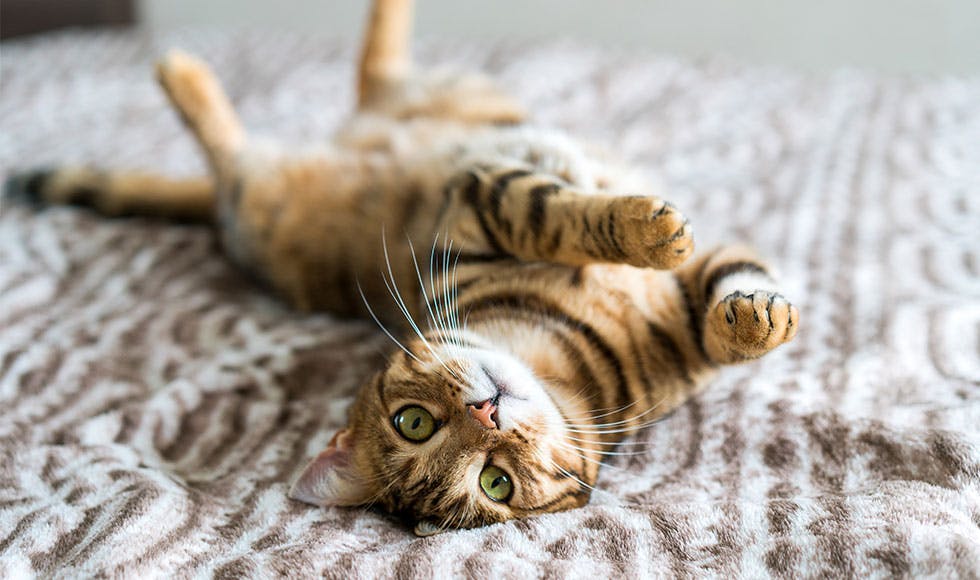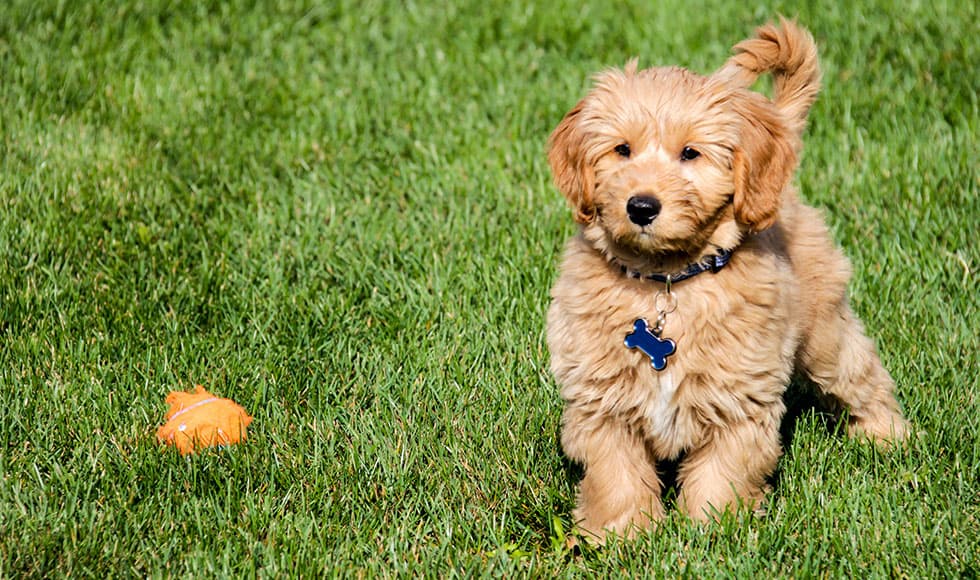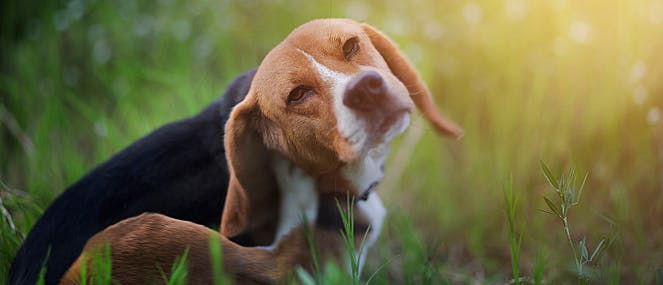
- A Guide To Perfect Your Pet's Health/
- Choose the Right Products to Groom Your Dog/
- A complete guide to cutting dogs’ nails
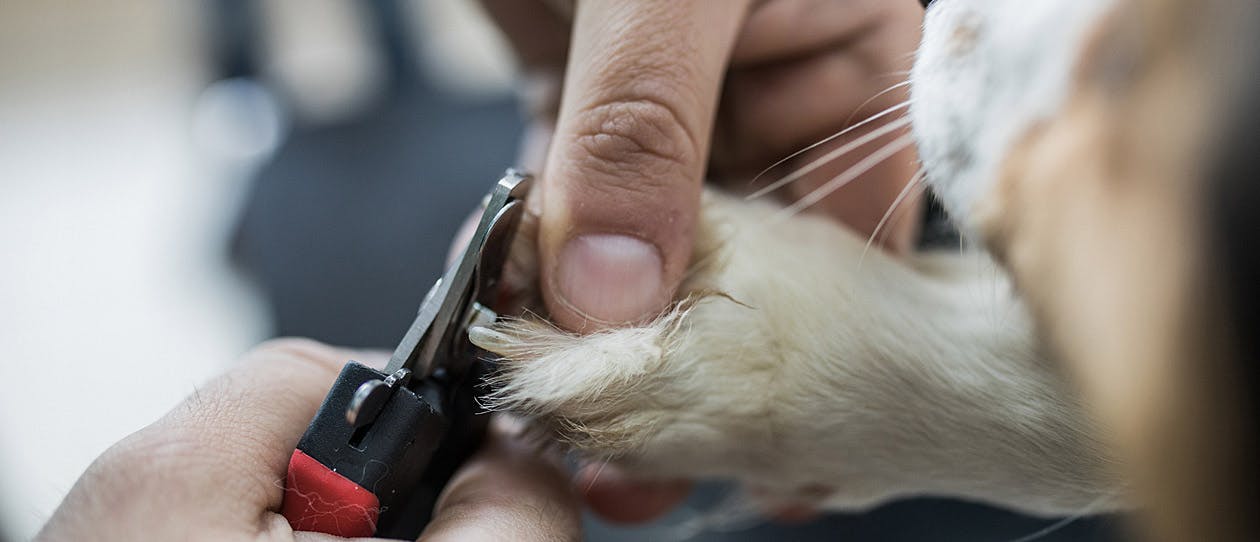

Why cut your dog’s nails?
Most people look after their nails, getting regular manicures or making sure there are no jagged edges that will catch on clothes. The same care should be put into maintaining your dog’s claws, to ensure they don’t grow too long (making it difficult to walk) or break off unexpectedly and painfully.If your dog spends a lot of time on concrete, the hard surface will act as a natural nail file. But many dogs run around on grass or inside on carpet, smooth tiles and wood, which means their nail tips aren’t worn down regularly and, as a result, are at risk of growing too long.
Sharp, overgrown nails are not only harmful to you, they can cause serious postural problems for your pooch: long nails touching the ground put painful pressure on the nail bed and toe joint. Your dog will likely change its gait to avoid the pain, in so doing realigning leg joints.
How long should dog nails be?
When you hear your furry friend click-clack down the hallway, you know it’s time for to look at trimming your dogs nails. Ideally, you should cut your dog’s nails when they touch the floor. It’s easy to see (and hear) when this happens. Nails should not protrude over the pad.How often should I cut my dog’s nails?
The speed of nail growth varies between breeds, and nails on front paws grow faster than those on hind paws. This means your pooch might be ready for a claw trim anywhere from every two weeks to every two months.How do I cut my puppy’s nails?
All dog training should start early, and getting your puppy comfortable with having its nails clipped is just that – training. Condition your puppy and reward with treats during grooming sessions, so it begins to associate nail cutting with something positive and allows you to hold its paws without getting nervous and stressed.Can I use human nail clippers to cut dog nails?
In one word, no. Dog claws are much tougher than human nails, and any nail scissors you have lying around the house will likely splinter your pet’s claws rather than cut them, causing undue distress. Dog nail clippers come in a variety of styles, but they’re all sturdy and sharp and designed for your pooch.How to cut dog nails?
Before you start cutting claws, it’s important to identify your dog’s quick, which is the live part of the nail. If your dog has light-coloured nails, it’s easy to see this pink part of the nail. It’s slightly harder to see on black nails – try shining a torch on the dark nail, which will show you where the quick begins. When you trim your dog’s nails, stop before the quick. It has a blood vessel in it to nourish the nail, and if you accidentally nick it, you’ll likely cause nail bleeding.If you’re unsure, it’s always best to take your dog to a pet groomer or the vet, who clip nails on a daily basis and have the technique perfected.
How to cut overgrown dog nails?
Long nails usually equate to bad-quality nails, with splitting and tearing common when nail growth gets out of control – in some instances, overgrown nails can even curve and grow into the pad of the foot. It’s painful for your pooch, and needs to be dealt with immediately.When nails grow, so does the quick, which means overgrown nails will have long quicks, making it hard to cut them back to a short length in one go. To get the nail as close to the quick as possible, you may want to use a file or grinding tool. The quick will begin to recede in the coming days, when you should repeat the filing process again. The goal is to keep doing this until your dog’s nails no longer touch the ground when standing.

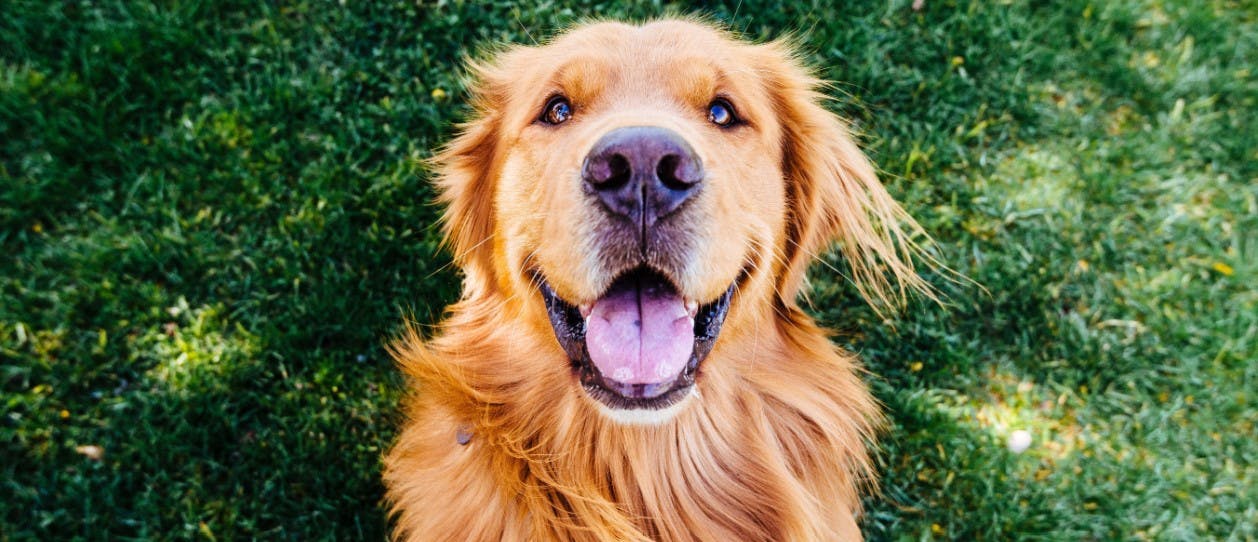
.jpg&w=3840&q=75)
